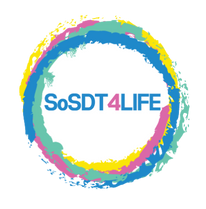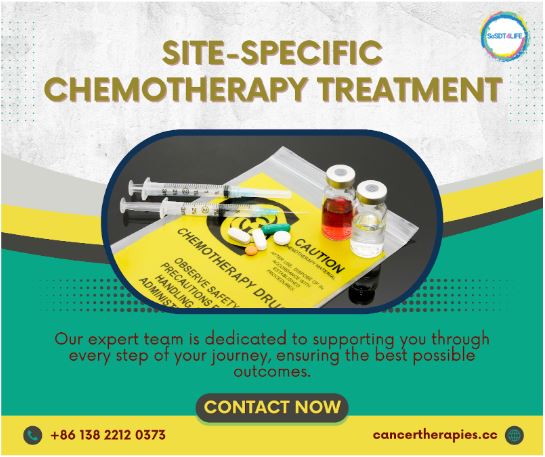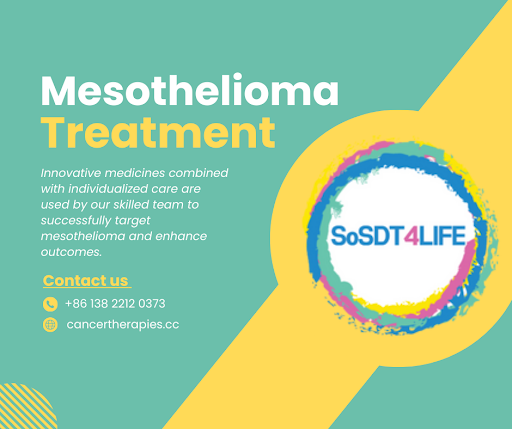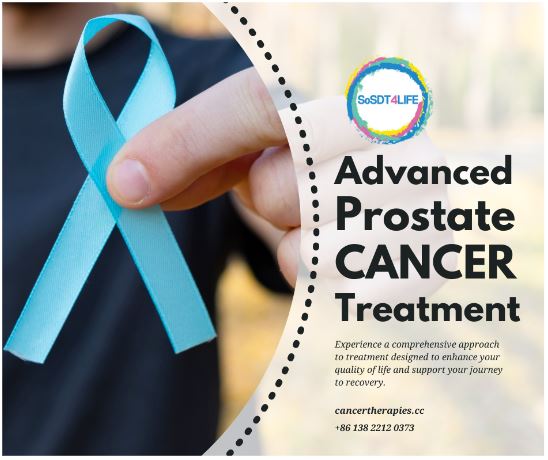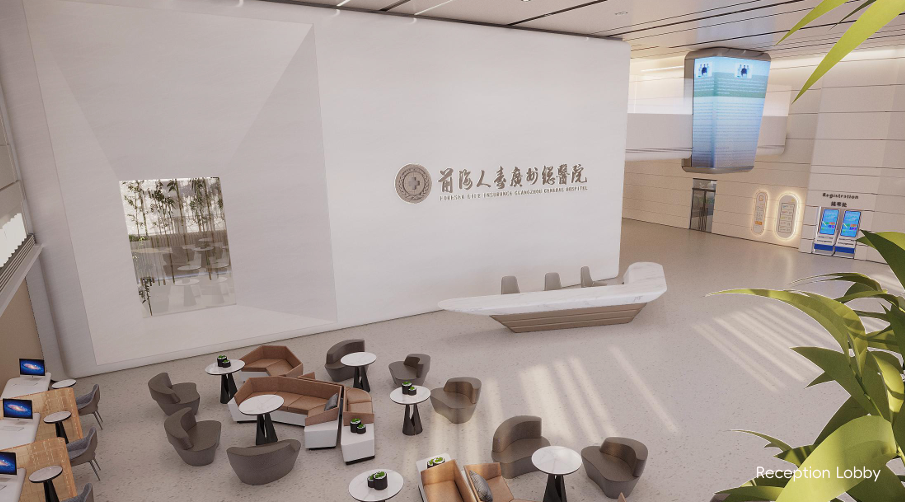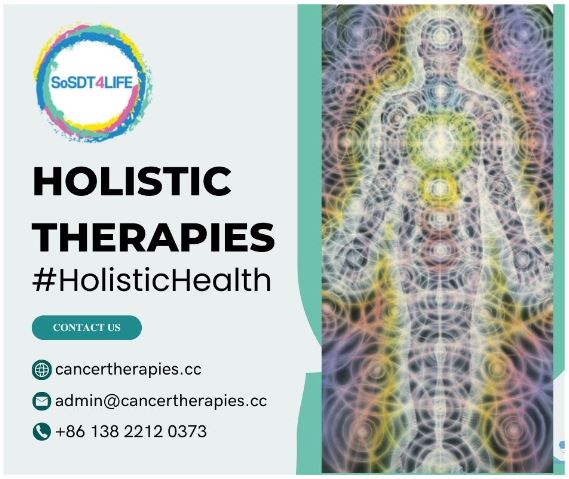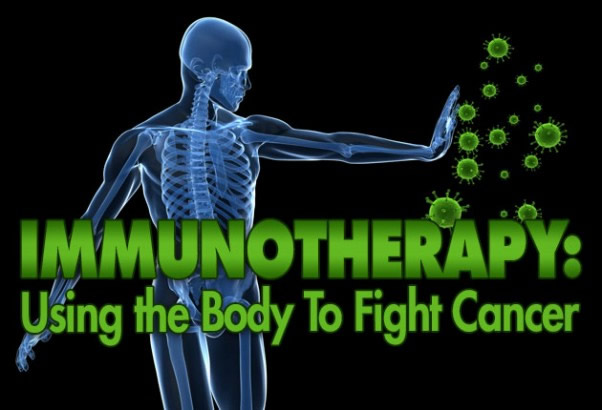Debulking Surgery
Debulking – also known as cytoreduction – is the surgical removal of as much of a malignant tumour as possible. It is used only in specific malignancies as generally partial removal of a tumour is not considered a worthwhile intervention.
Ideally, surgeons would like to remove all of the cancerous growth, but at times that is not possible due to certain factors, such as the location of the tumour (e.g. being attached to the spinal column or the brain). Under these circumstances doctors will choose to remove as much of the tumour as possible and then use other forms of treatment to eliminate the remaining cancer.
Debulking is commonly performed in cases where the cancer has been discovered in its advanced stages and/or when non-surgical treatments have reached an impasse. One reason an impasse may occur is that a tumour has grown so large that traditional treatments of chemotherapy and radiation are not able to have any impact. The cancer is simply too big for these modalities to be effective.
In both of these scenarios the debulking procedure reduces the cancer load in patients so as to enhance the effectiveness of subsequent therapy with drugs, radiation and other adjunctive measures and to ultimately improve the length of survival.
Debulking can also be used to relieve symptoms and pain in suitable patients.
SoSDT 4 LIFE suggests debulking prior to SDT (SonoDynamic Therapy) in certain cases, especially in the following:
Ovarian Cancer:
Late stage ovarian cancer is usually not responsive to standard or alternative therapies. The bulky tumor size often prevents any kind of treatment from reaching the carcinoma cells.
Debulking in ovarian cancer typically involves the removal of the ovaries, uterus, fallopian tubes, cervix and any other visible portions of the tumour. The aim is to reduce any remaining tumour to less than 1 centimetre in size.
The small remaining tumours are more vulnerable to the successive therapeutic treatments as they tend to impregnate the cancer more effectively. This improves the chances of survival for the patients and allows them further treatment options if needed.
Brain Tumour:
Treating the cancerous regions in the brain can be a difficult proposition. Firstly due to the blood-brain barrier (BBB) and also because of the intricate and delicate nature of the brain tissue.
The BBB is made of a thin layer of cells tightly fitted together around blood vessels in the brain. The cells separate the blood in the rest of your body from the blood in your brain. This barrier ensures that pathogens that might be in your blood don’t make it to the brain.
While this barrier’s impenetrable quality is critical for regular brain function, it creates problems when doctors are trying to treat diseases in this region. About 95 percent of drugs administered through typical means (pill, injections, enemas, patches) are not able to reach the brain – the are stopped by the BBB. Chemotherapy is often not as effective on brain tumours as it is for other tumours for this reason. The options for chemotherapy in brain cancer are therefore limited.
Cytoreduction allows doctors to remove cancer cells when other treatment options are limited and gives other subsequent long term treatments a greater chance to work.
Treatment at SoSDT 4 LIFE:
SoSDT 4 LIFE has successfully treated patients with its distinctive mix of debulking and SDT. Its proven alternative cancer treatments are tailored according to the physical condition of each individual patient and the extent of their cancer. Side-effects generally do not occur.
Follow Up Care:
With the completion of the treatment protocol, patients are given a strict “Lifestyle Plan” to follow to help prevent recurrence. Our series of investigational therapies are designed to help patients to reduce such a recurrence.
The team at SoSDT 4 LIFE request that patients stay in regular contact when they return home and keep the doctors updated with all test results and the ongoing state of their health. If patients have any questions or require any assistance the team at SoSDT 4 LIFE are always available and happy to help.
